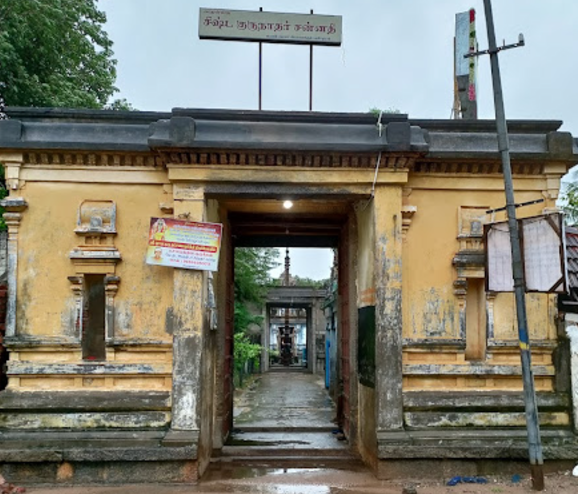According to legend, when the wedding of Lord Shiva and Mother Parvathi took place at Mount Kailash, Lord Shiva sent Sage Agasthya to the south to balance the level of the earth. On his journey, Sage Agasthya installed Shiva Lingas with Ambica to witness the wedding. At this location, the sage worshipped Lord Shiva facing west, with Mother Ambica facing the north (Vamadeva) direction, as the wedding occurred in the north. This north-facing form of Ambica is considered very rare.
Administration History :
The temple dates back to the Pallava period (6th–7th century) and was later reconstructed during the Chola period, with contributions from the Pandya and Vijayanagara dynasties. Inscriptions mention endowments and renovations by rulers like Kulothunga Chola, Rajaraja, and Vijayanagara kings, including Achutha Devaraya and Narasingadeva Rayar. Lands and resources were gifted for maintenance and worship by local donors and rulers. Currently, the temple is under the administration of the Hindu Religious and Charitable Endowments Department (HR&CE), Tamil Nadu. Regular worship and maintenance are carried out per traditional practices.
